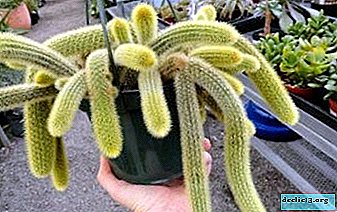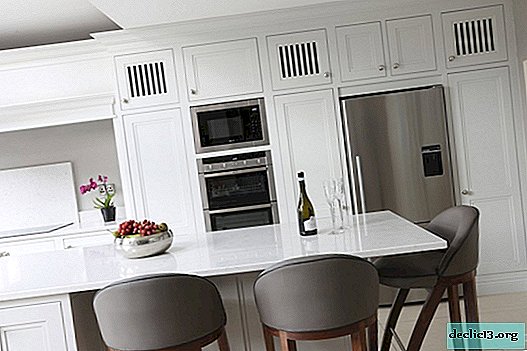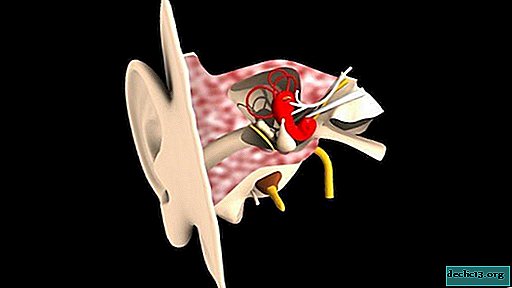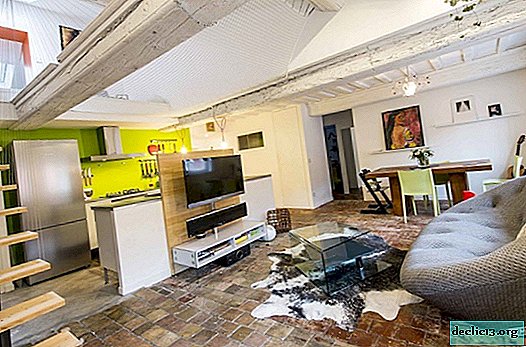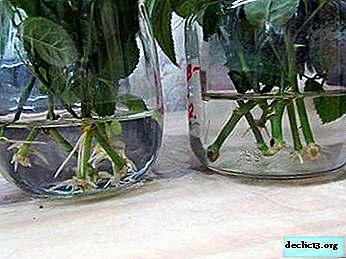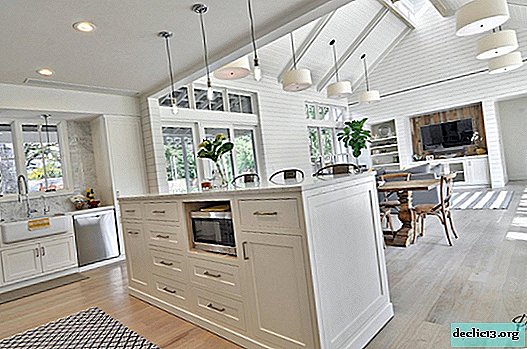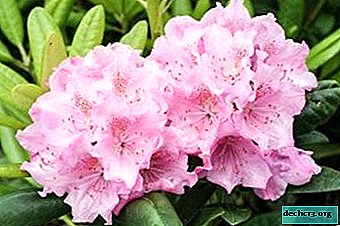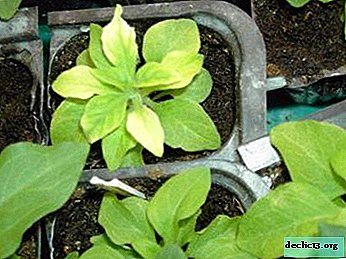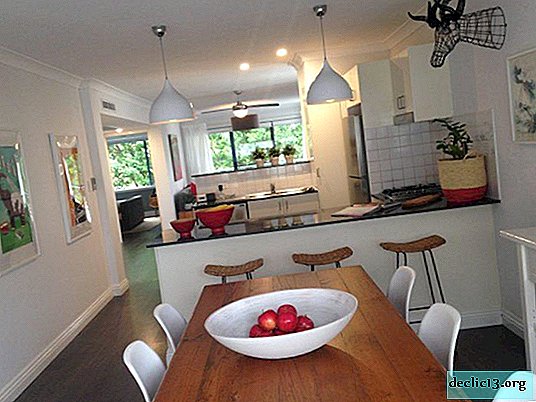We create the right conditions for planting a flower: soil for begonia and further care for it
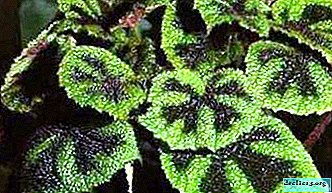
Begonia is very sensitive to the degree of moisture and soil quality. Unsuitable soil composition, irrigation and transplantation errors have a detrimental effect on the plant.
It is extremely important to create the right conditions for begonias and to properly care for this flower.
So, you will learn how to choose the soil for the plant, how to water the soil in the future and take care of the flower.
What it is?
Begonia is a bright plant of the Begoniaceae family. There are many annual and perennial species of grasses, shrubs and shrubs. Begonia leaves are asymmetric, whole or dissected into several segments with serrated or wavy edges. The inflorescence is complex, includes female and male flowers. The color of the flowers is diverse: white, yellow, pink, red, orange. On the edge of the petals, contrasting edging is possible.
The fruit is a trihedral box with small seeds. The root system of begonias can be tuberous, rhizome and branched. Tuberous begonia grows not only at home, but also in the garden. The remaining species are grown exclusively indoors.
The soil
One of the basic conditions for the normal development of room begonia is proper soil. Only in well-chosen soil can a healthy formation of the root system be possible. Plant nutrition depends on the soil mixture. Different species have their own characteristics and require an individual approach to the composition of the soil.
The root system of the plant is weak, very sensitive to excess moisture in the soil. Begonia needs a loose nutrient substratewell-permeable to air and moisture. The reaction of the soil is slightly acidic, the pH should be in the range from 5.5 to 6.5. You can buy ready-made special soil or independently form a soil mixture consisting of sheet soil, peat, sand and compost.
Attention! The sheet earth should not contain tannins. These substances are present in willow and oak leaves.For the outflow of excess moisture, it is mandatory to use drainage: expanded clay or fine gravel.
Optimal mix
 What land is needed for planting? The best option for begonia is a mixture that includes the following composition:
What land is needed for planting? The best option for begonia is a mixture that includes the following composition:
- sheet land - 2 parts;
- peat - 2 parts;
- sand - 1 part;
- compost - 1 part.
To give the soil friability, you need to use vermiculite, coconut fiber, perlite and other disintegrants. Lime or dolomite flour will reduce soil acidity. Before preparing the soil at home, the earth should be sieved, remove large inclusions.
Leafy soil taken in a park, forest or garden may contain microorganisms dangerous to the plant, which can become the culprits of various diseases. The soil must be disinfected: calcined in the oven or scalded with boiling water. Expanded clay or gravel should be placed on the bottom of the pot at ⅓ height.
Preparing for planting - choosing a pot
For planting, you need to prepare the right pot for begonia. Cuttings that have already begun to take root are planted in containers with a diameter of 5-6 centimeters. After about 6 months, the plants are transplanted into flowerpots measuring 8-10 centimeters. The exact size is determined based on the size of the overgrown roots. Begonias prefer small containers, 3-4 centimeters in diameter, larger than the root system.
In too spacious pots, plants later form buds. In addition, there is a risk of root decay due to excess moisture. The diameter of the container should slightly exceed the height. A prerequisite is the presence of a drainage hole at the bottom of the pot.
The best material for the flowerpot is ceramic. Such a pot protects against waterlogging, has excellent thermal insulation, provides air exchange. Use of capacity from plastic is allowed. In this case, it is necessary to provide the correct substrate, organize good drainage and prevent overcooling or overheating.
Ceramic flowerpot must be thoroughly washed, soaked for a day in water and treated with boiling water. Plastic - just wash and scald.
How to transplant?
The best period for begonia transplant is early spring, before the start of vegetation processes. At this time, the plant tolerates this procedure more easily and is easier to recover. Begonia transplantation is carried out when the roots become crowded in the pot and they begin to appear from the drainage holes.
A transplant may be complete or partial. A complete transplant is required after the acquisition of a new plant, as well as with the defeat of begonias by diseases or pests. Sequencing:
 Prepare the pot.
Prepare the pot.- At the bottom of the pot place a layer of expanded clay.
- Pour a small layer of charcoal, which protects the roots from rot.
- Cover the drainage layer with soil 2 cm.
- Water the begonia well.
- Wait an hour. Then carefully remove the plant from the pot.
- Gently brush off the roots from the old earth, inspect.
- Dip the roots in a solution of potassium permanganate, the color of which should be light pink.
- Gently rinse the roots with settled water.
- Inspect the root system, cut off damaged and decayed areas.
- Place begonia in a new pot.
- Cover the roots with prepared soil. The root neck should not be deeply buried. It is necessary to allow the roots to dry, only after that completely cover with soil.
It is not recommended to compact the substrate, after watering the soil itself will settle well. If after this the upper part of the root system is exposed, you need to add a little earth.
Advice! In the first 30 days after transplantation, begonias must be carefully watered and protected from direct sunlight.Transplanting healthy begonias into a larger pot is done in a gentle way. Partial transplant in progress:
- Extract begonia from an old flowerpot.
- Place the plant with an earthen lump in a new pot, filling the empty seats with fresh soil.
Young plants perceive this procedure quite well. Transplanting adult specimens is complicated by the presence of a large number of fragile leaves. Plants that have reached the age of three are divided into several parts.
Watering and feeding
Begonia loves water. When watering, it is recommended to adhere to the following rules:
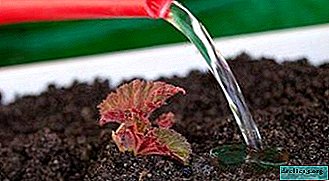 For irrigation, water of room temperature that has been left standing for 24 hours is used.
For irrigation, water of room temperature that has been left standing for 24 hours is used.- At the bottom of the pot should be organized drainage system.
- Humidification is required when the soil has dried to a depth of 1.5 centimeters.
- From late November to March, watering is required to be reduced to once a week. Tuberous species enter dormancy and are kept in peat, watering is completely stopped.
- Since March, the hydration rate has been gradually increasing.
- In summer, it is necessary to moisten the ground so that excess water flows out through the drainage hole. After a while, drain the remaining moisture from the drip tray. The frequency of the procedure is 2 times a week.
- In extreme heat, daily watering is required.
- Since October, watering is necessary as the topsoil dries up.
- It is important to prevent moisture stagnation, which causes root decay.
From the moment the first buds appear on the begonia, it is necessary to begin the process of feeding. When choosing fertilizers should take into account the type of plant. Deciduous begonias prefer nitrogen supplements, such as:
- Kemir: dilute half the packet in 10 liters of water.
- Uniflor growth: dissolve 5 milliliters of the drug in 2 liters of water.
- Agricole: 5 grams of the drug diluted in 2 liters of water.
Flowering varieties need potash and phosphorus fertilizers to stimulate and maintain flowering. Fertilizers such as Bud, Ovary, Pollen, Health are suitable. Funds are diluted 1-2 grams per liter of water.
Fertilizer is added to the soil during flowering once every 15 days. As soon as the plant has waned, top dressing must be stopped. In winter, the plant is at rest, fertilizers are not applied.
When growing begonias, you must follow certain rules. It is important to form a loose nutritious soil, create good drainage, choose a suitable pot, organize the correct regime of watering and feeding. All these measures will help maintain the health and beauty of begonias.

 Prepare the pot.
Prepare the pot. For irrigation, water of room temperature that has been left standing for 24 hours is used.
For irrigation, water of room temperature that has been left standing for 24 hours is used.
